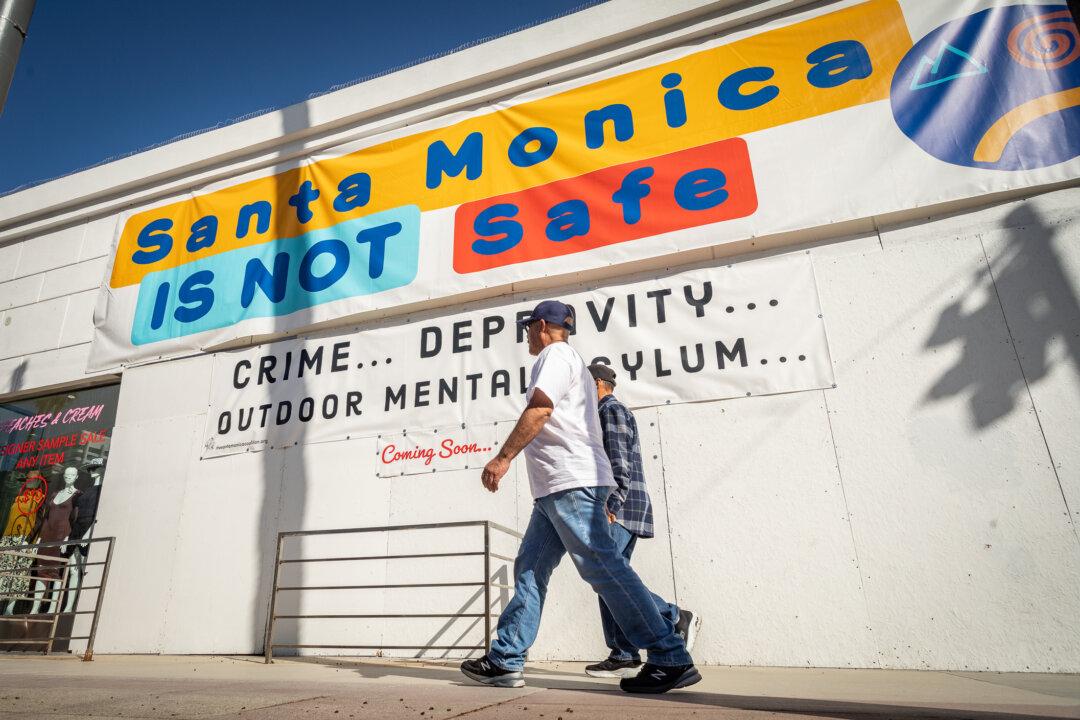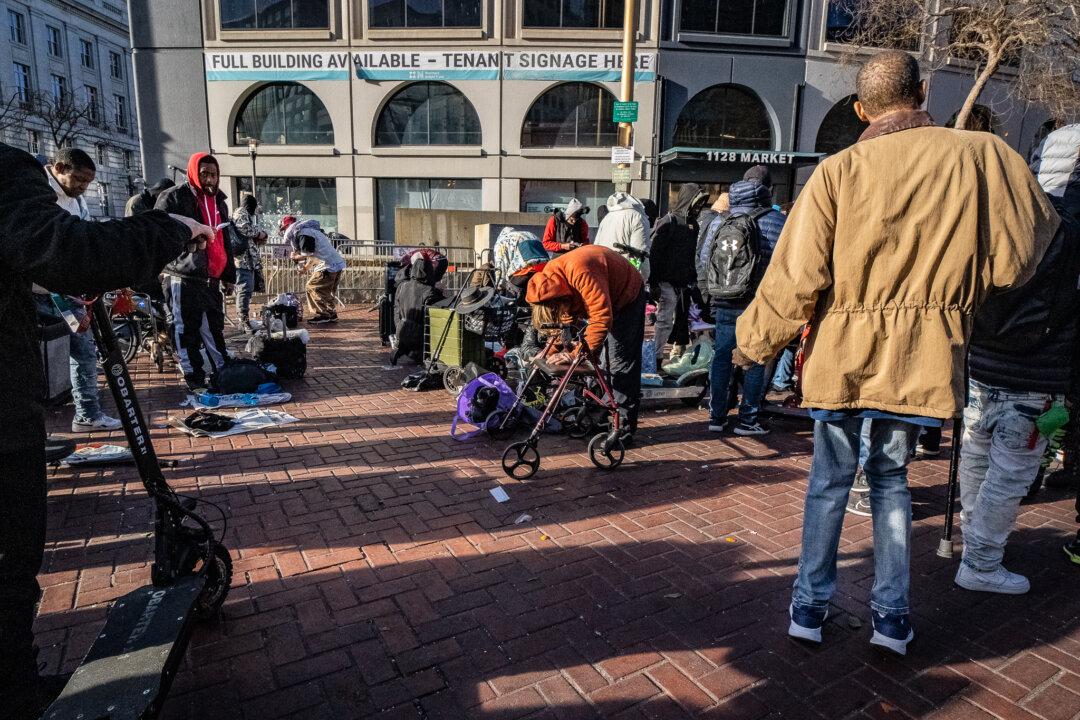A needle exchange program for drug users sanctioned by the Los Angeles County Department of Public Health operating in a handful of Santa Monica’s public spaces has sparked outrage among a coalition of business owners and residents who are calling on the county to move it indoors.
The group claims that rather than curbing drug use, the program has only attracted more transients and drug peddlers, leading to an unsafe environment for the community over the last year.





